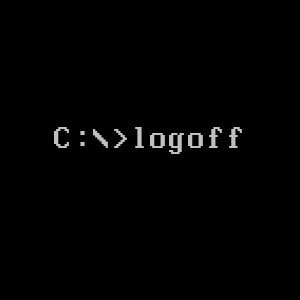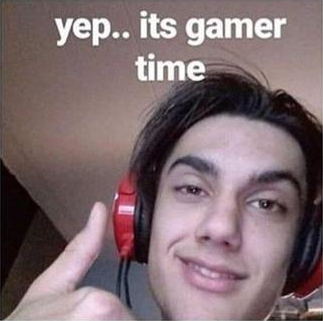My boss walked in while I was looking at this post. Guess who just got promoted?
What is a turning number? Can someone explain it to me like the math dumdum I am?
How many times does a circle go round itself? That's it's turning number. It gets weird when it's very loopy circles.
I'm just more and more confused by all this. Keep your silly numbers and shapes and go off and talk about Rubik's cubes or whatever nerds like doing
In a circle, you do one loop to get back to where you started. It has a turning number of 1. As you move on the infinity symbol, you do one loop clockwise and one counterclockwise. These cancel out and you have a turning number of 0. But if you take that infinity shape and fold it over so that one loop is inside the other, now you have 2 loops which are both clockwise (or counterclockwise, whatever direction you chose as you walk along the loop, I believe the convention is counterclockwise but I don't remember). This has a turning number of 2, etc.
This refers to how there is no way to smoothly deform a circle such that you change its turning number, to do that you would have to crease it or snap it and glue it back together or something like that. Actually you can never smoothly change the turning number of a curve in 2 dimensions iirc.
Why does anyone care? This all just seems like a bunch of bullshit made up by math nerds when you give them pot for the first time.
It actually matters a lot for a field called algebraic topology, which roughly speaking studies the properties of spaces and abstract surfaces, and especially knot theory. In algebraic topology you very often have to figure out when two surfaces or curves etc can be thought to be basically "the same" in certain senses and what properties that preserves. When you can smoothly deform one curve into the other, then the two curves can be thought to be similar in a sense and a lot of properties are preserved, so you can use some of the same tools to analyse them. The turning number is one of these preserved properties, and you can use it to characterize different curves. It's useful because instead of studying all the different and very complex curves and surfaces which crop up in various places, you can instead study a similar one that's simpler, and extend the result to all of them.
I think. I don't remember very well lol
Clear anti-Volcel propaganda, it's worrying that this perversion has spread to the highest ranks of this site









